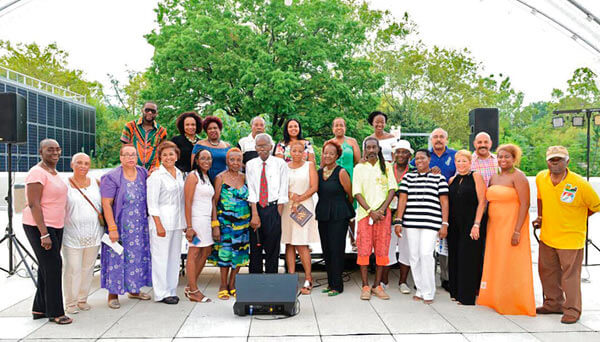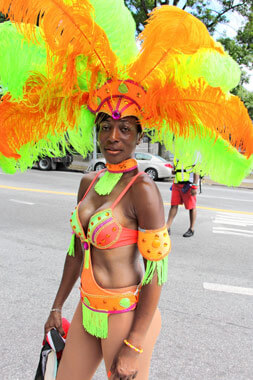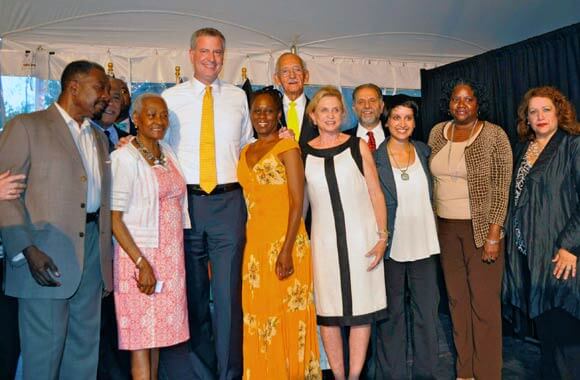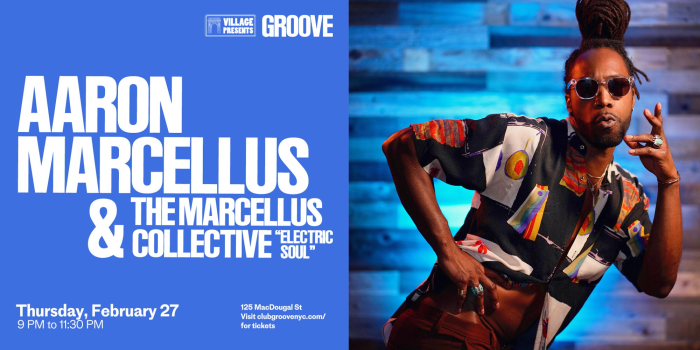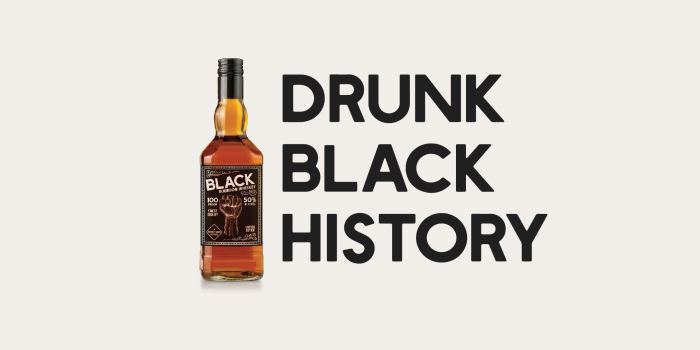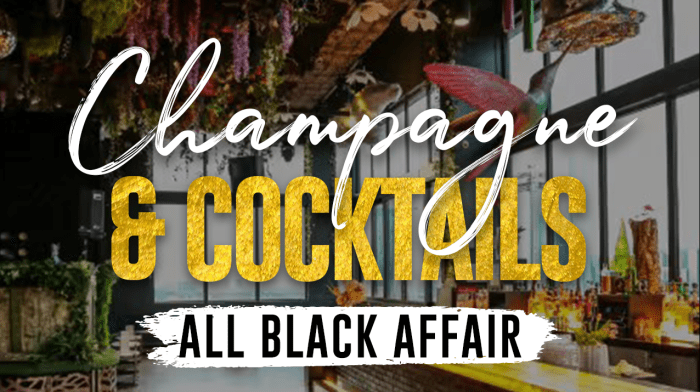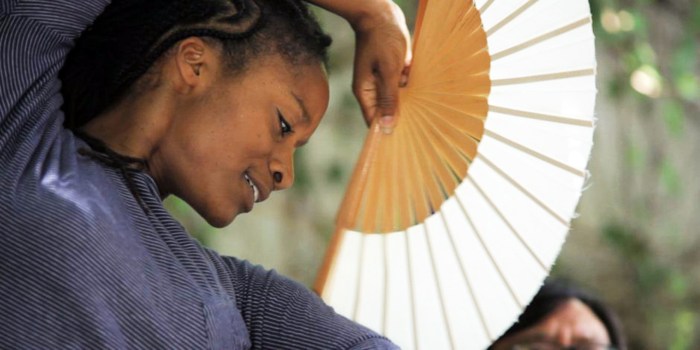Caribbean carnival was officially established on Lenox Avenue in Harlem by Trinidadian Jessie Wardell and friends in the mid-1940’s, according to the West Indian America Day Carnival Association (WIADCA).
The Brooklyn-based organization, however, said that Ms. Wardell and some of her West Indian friends started the Caribbean festival in Harlem in the 1930’s by staging costume parties in large enclosed places, like the Savoy, Renaissance and Audubon Ballrooms due to the cold wintry weather of February. This is the usual time for the pre-Lenten celebrations held in most countries around the world.
“However, because of the very nature of carnival and the need to parade in costume to music, in door confinement did not work,” said WIDACA, adding that the earliest known carnival street activity was held during the 1940’s when Wardell secured the first street permit for a parade type event on the streets of Harlem.
During the 1960’s, WIADCA said another Trinidadian, Rufus Goring, brought carnival to Brooklyn. In 1967, Goring passed the reigns over to Carlos Lezama, who became president of WIADCA.
Lezama nurtured the organization and carnival celebrations until 2001, when, due to his ill-health, he retired, and his daughter, Yolanda Lezama-Clark, a registered nurse served as president until 2011, WIADCA said.
Trinidadian Thomas Bailey was elected president in 2012 until he was replaced by African American William Howard, a friend and die-hard supporter of the Caribbean community in New York.
Lezama is widely credited as the “Father of Brooklyn’s Carnival.”
WIADCA said Wardell, Goring and Lezama’s collective legacy “lives on today, as the organization continues to preserve the core values of institutional transference of information, cultural pride and preservation, diversity, inclusivity and intergenerational leadership.
“Today, those values still remain the focal point for WIADCA, while bringing together over 1.5 million visitors to New York from around the world to participate in the annual West Indian Carnival Parade on Eastern Parkway in Brooklyn on Labor Day,” WIADCA said.

It said its mission is to “promote, develop and celebrate West Indian/Caribbean culture, arts, history and traditions through year-round programs to expand our cultural reach throughout the world, which culminates with a week-long display of festivities and a grand finale Carnival Parade.”
WIADCA said it is a non-profit, 501 (c) 3 tax-exempt organization comprising “experienced and skilled business and community representatives and from within the tri-state area, many islands and the U.S.A.”
WIADCA said its purpose is to “promote various Caribbean cultural art forms, to develop and encourage talented Caribbean nationals, and to provide an enhanced life experience for the wider non-Caribbean community.
“We showcase music, design and performing arts through staged events throughout the year ending our season with a tribute to our ‘Caribbean Carnival’ while promoting the support of those businesses that make it possible,” it said.
The five-day festival begins at the Brooklyn Museum grounds – from Thursday before Labor Day through the weekend – and culminates in a spectacular New York Carnival Parade on Eastern Parkway in Brooklyn.
WIADCA said it also hosts educational forums, presents college scholarships, cultural workshops, networking and many special events during the year to broaden its community and educational goals.
New York’s Caribbean Carnival Parade has grown over the years from thousands of participants and tourists to over three million spectators.
WIADCA said the influx of tourists from all over the world has benefited New York City on “an economic level, most recognizably with large corporations, small businesses and the tourist/service industries.”



